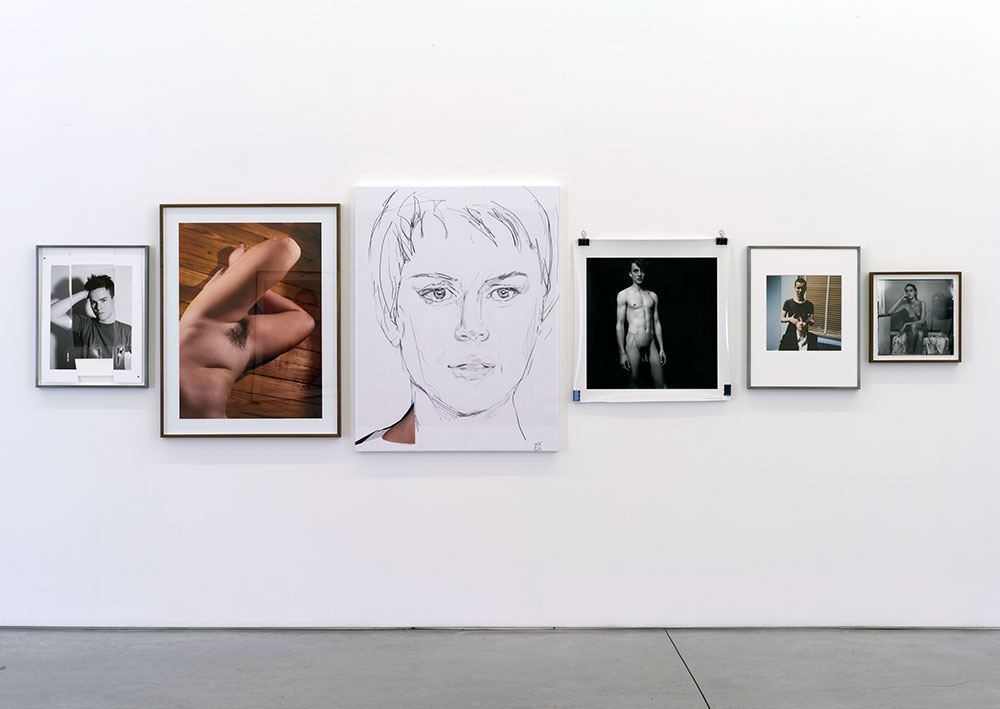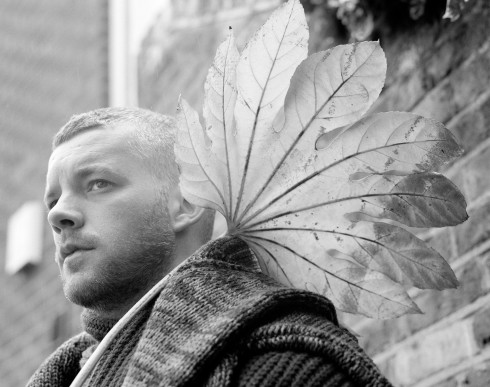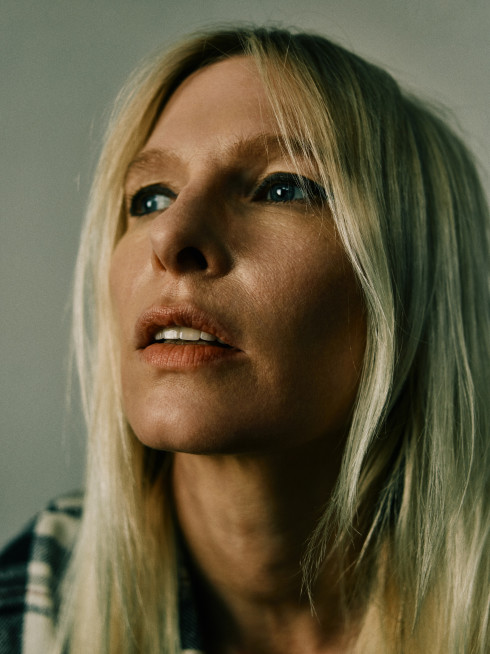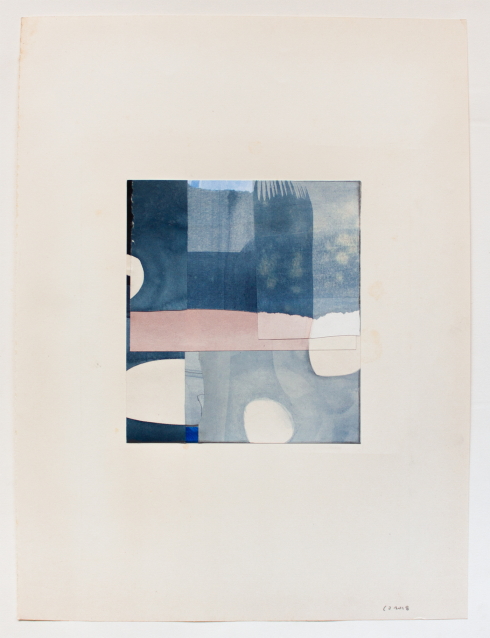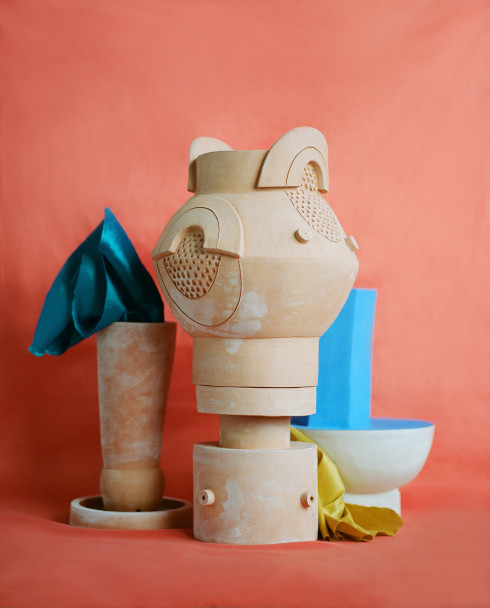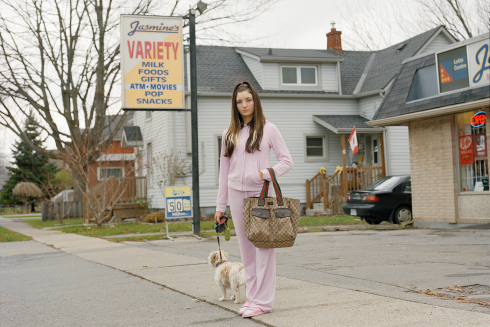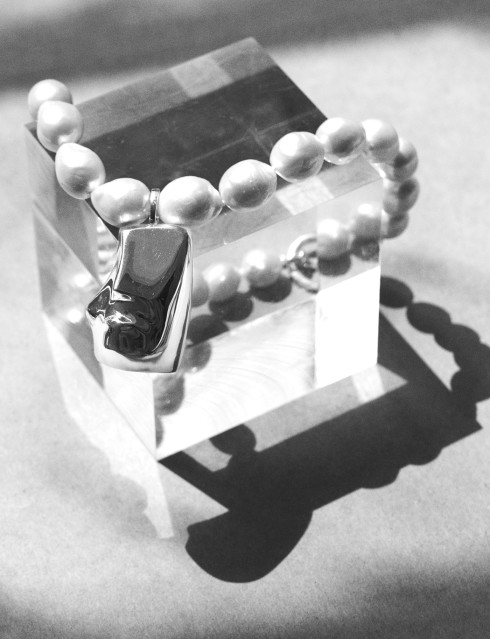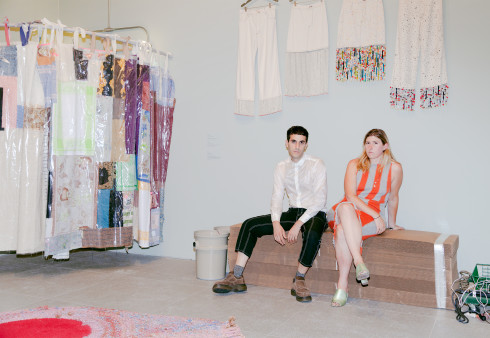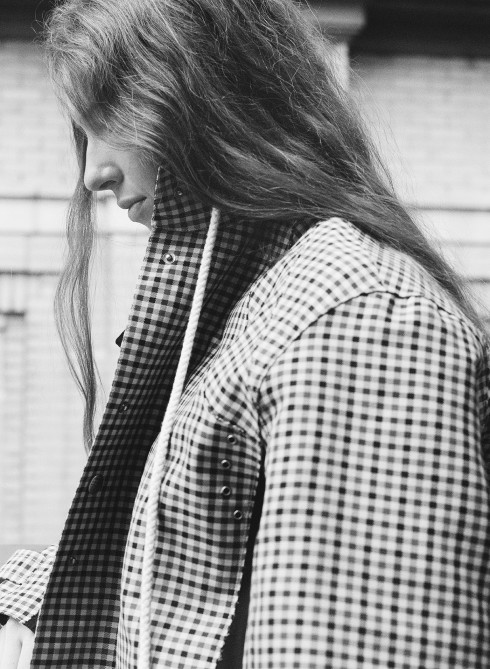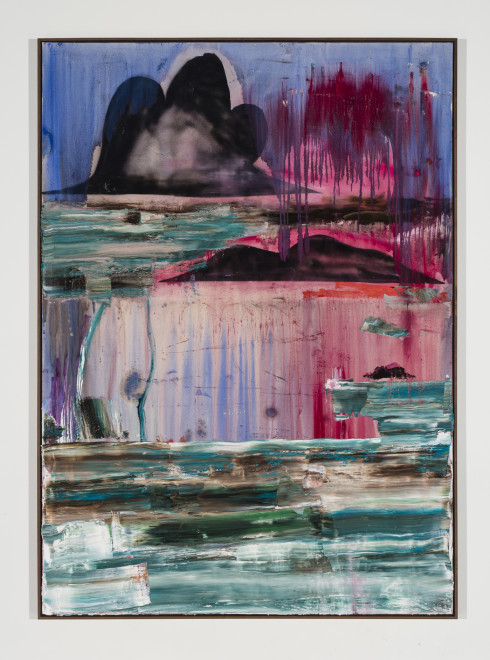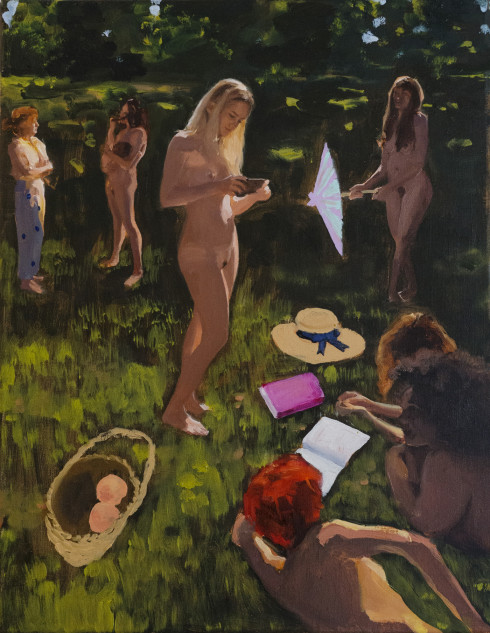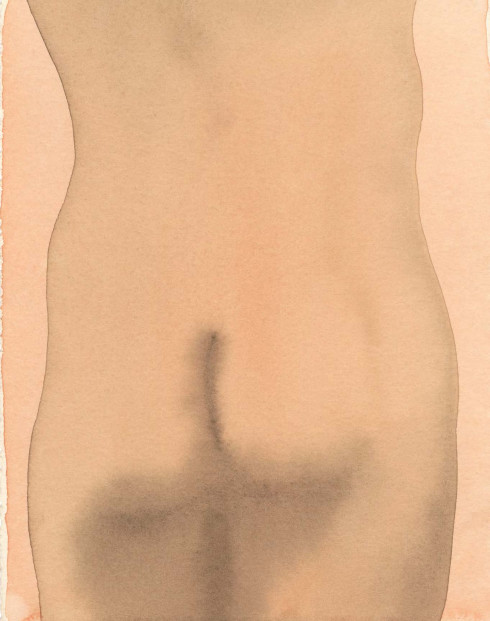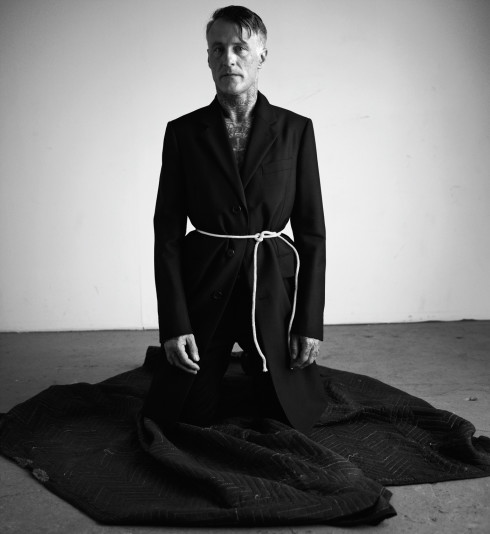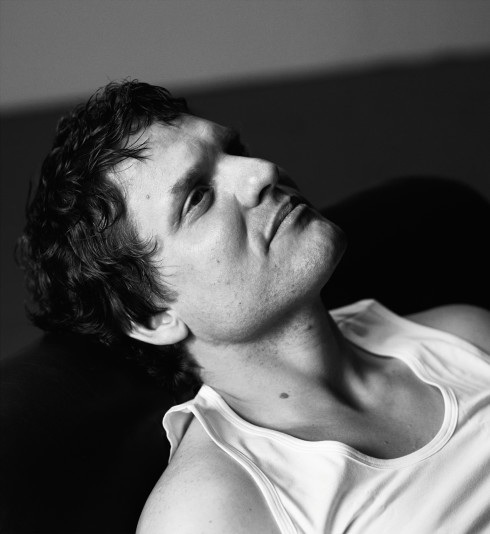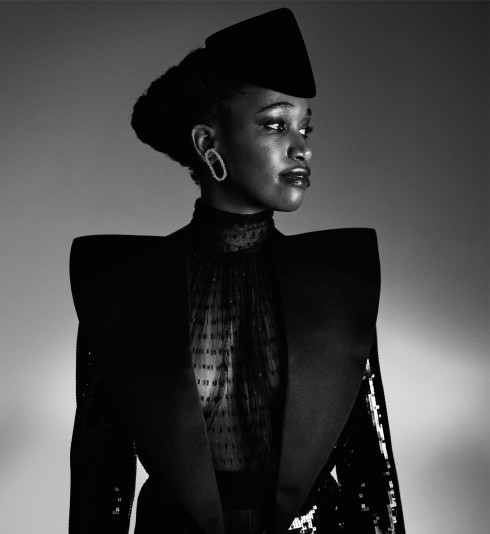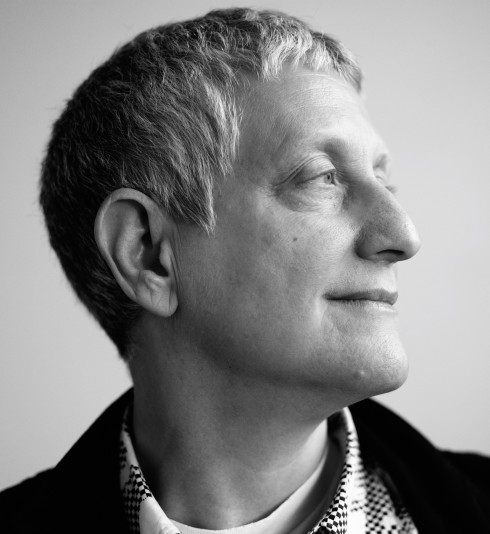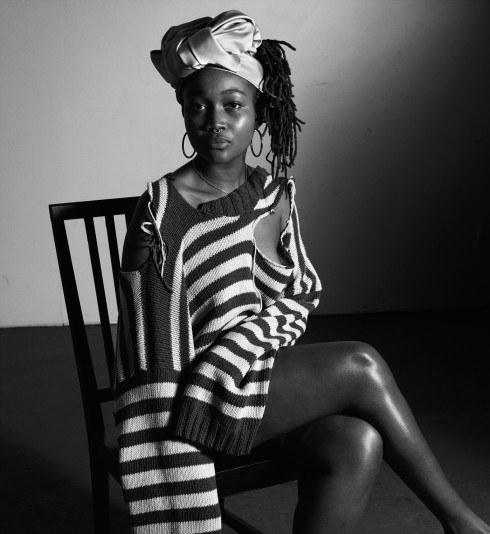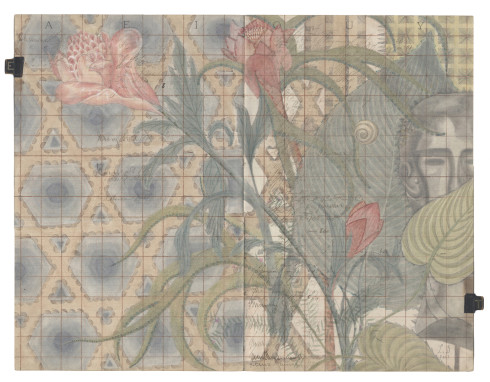COLLIER SCHORR'S 'EIGHT WOMEN'
Upon initial consideration, the title of Collier Schorr’s current exhibition at 303 Gallery, “Eight Women,” may seem strange to even the most marginally alert visitor: first of all, a quick tally of the works on display reveals that the head count doesn’t check out, and secondly, among the primarily female subjects bedecking the gallery walls, there is nevertheless one image of a subject who is biologically male, his frontal nakedness quickly putting the debate to rest. Or does it?
Schorr took the title of her exhibition from Francois Ozon’s 2002 film of the same name, a collage of tropes from different film genres. The artist’s choice of title is the first example of appropriation in a show that is very much all about it, but Schorr approaches this somewhat shopworn concept from an angle that nevertheless manages to feel fresh, and demonstrates that re-contextualization doesn’t always have to be drenched in winking irony or jaundiced by the anxiety of influence. Taken together, the varied images that make up “Eight Women” demonstrate that appropriation can be used to subtle, even authentically moving, effect.
Schorr is, of course, well-known for her work in fashion, and the images she has selected here unabashedly mine that stylistic vein (as well as the artist’s voluminous archive—most of the images appropriated and re-titled were originally captured by Schorr for one or another glossy magazine). In one image, a young woman stares introspectively out of a black-and-white photograph and into the lower distance, her arm resting languidly on her clavicle, leaving one breast exposed. A caption at the bottom of this photo-within-a-photo identifies the subject as a model represented by Elite, the New York-based agency. The model’s name is partially cropped out of the frame. Adjacent to her headshot, another model’s naked shoulder is barely visible. By adding one more remove to a portrait of an intimate moment, Schorr subtly underscores the artifice of image-making, while simultaneously raising questions about the role of identity in fashion photography.
Seduction and desire suffuse “Eight Women,” but not the types that are conventionally commissioned by magazines. Instead, Schorr ventures into more rarified air, posing quiet but compelling inquiries about feminism, identity, and gender. Schorr’s subjects are as varied as the compositions and photographic styles that frame them (in one work, Birth, a fragment from a magazine photograph serves as a kind of “spark” for a gestural pencil drawing), with attitudes and body types to match. It’s tempting to infer from their expressions, rendered with such deft and candid clarity by Schorr’s lens, all sorts of conclusions about each one’s place in society and even her (or, in the one lonely instance, his) self-image. But Schorr offers no answers in her re-contextualized images, instead eschewing prescriptive dogma about what gender is, what photography is, or what an image is, in favor of an easy, and ultimately absorbing, series of ambiguities.
“Eight Women” runs through Saturday at 303 Gallery, 507 West 24th Street, New York. Image © Collier Schorr, courtesy of the 303 Gallery, New York.
Kevin Greenberg is the art editor of The Last Magazine. He is also a practicing architect and the principal of Space Exploration, an integrated architecture and interior design firm located in New York (SpaceExplorationDesign.com). In addition to his work for The Last Magazine, Kevin is an editor of PIN-UP, a semi-annual “magazine for architectural entertainment.”
